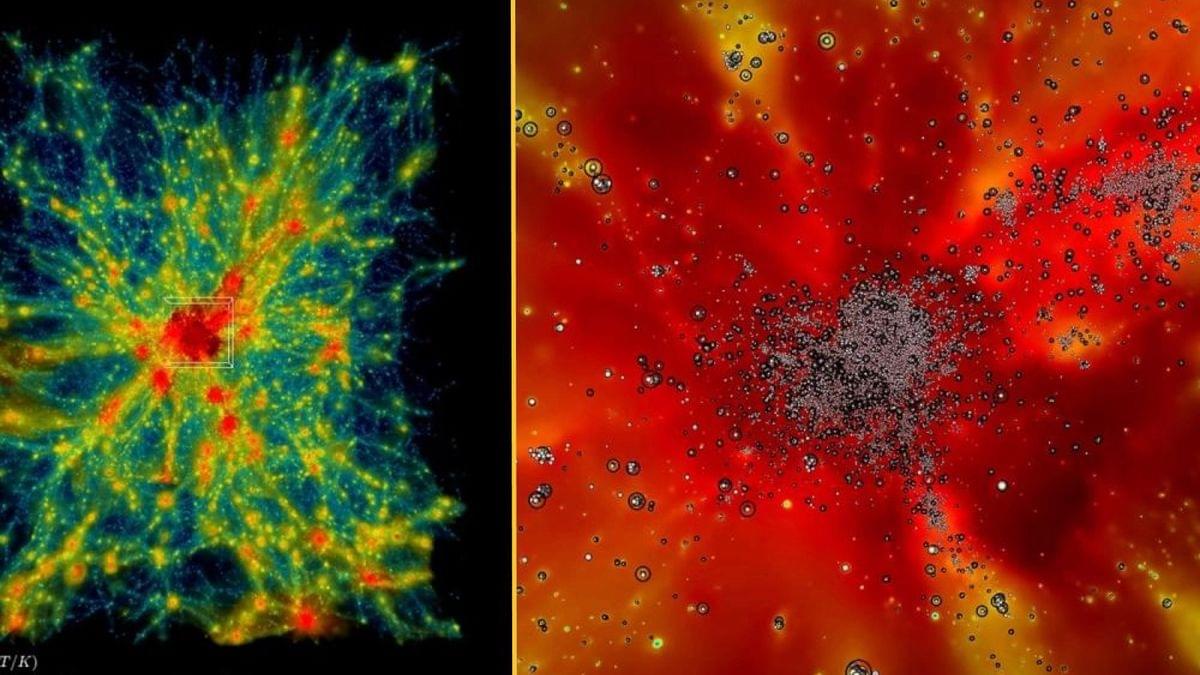New research suggests that dark energy isn’t needed to explain the acceleration in the expansion of the universe — instead suggesting giant voids in space are creating an illusion.
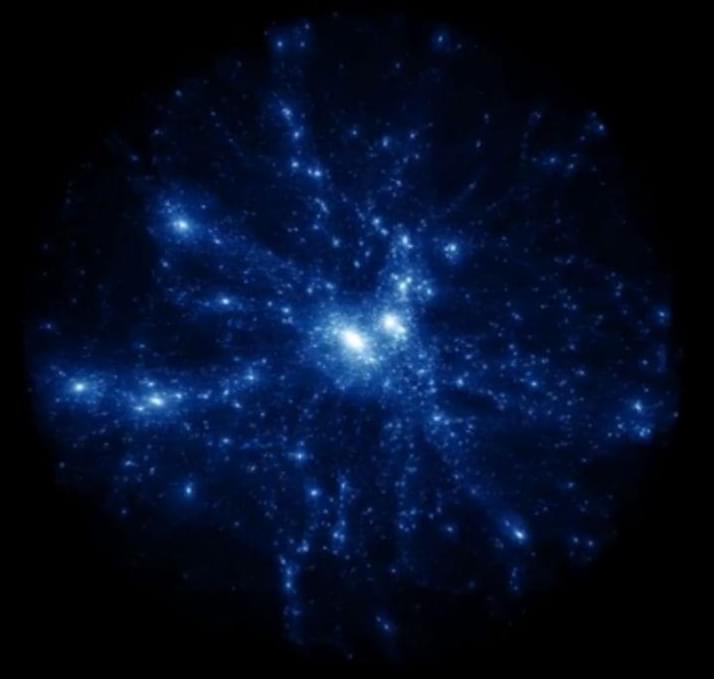

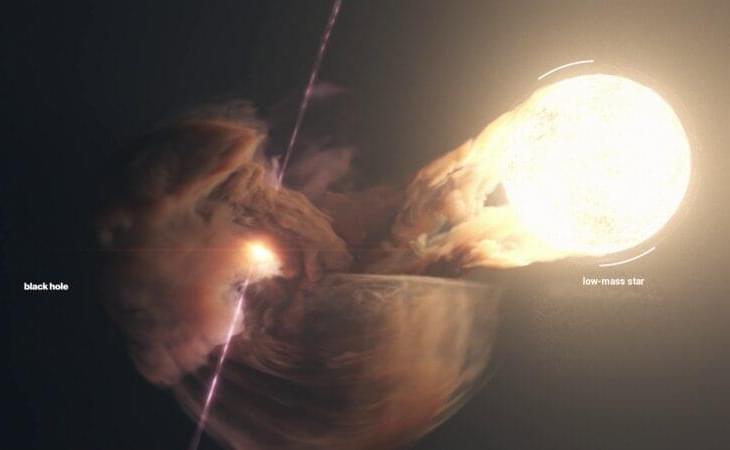
Researchers found for the first time evidence that even microquasars containing a low-mass star are efficient particle accelerators, which leads to a significant impact on the interpretation of the abundance of gamma rays in the universe.
Our home planet is bombarded with particles from outer space all the time. And while we are mostly familiar with the rocky meteorites originating from within our solar system that create fascinating shooting stars in the night sky, it’s the smallest particles that help scientists to understand the nature of the universe. Subatomic particles such as electrons or protons arriving from interstellar space and beyond are one of the fastest particles known in the universe and known as cosmic rays.
The origins and the acceleration mechanisms of the most energetic of these cosmic particles remains one of the biggest mysteries in astrophysics. Fast-moving matter outflows (or “jets”) launched from black holes would be an ideal site for particle acceleration, but the details on how and under which conditions acceleration processes can occur are unclear. The most powerful jets inside our Galaxy occur in microquasars: systems composed by a stellar-mass black hole and a “normal” star. The pair orbit each other, and, once they are close enough, the black hole starts to slowly swallow its companion. As a consequence of this, jets are launched from the region close to the black hole.
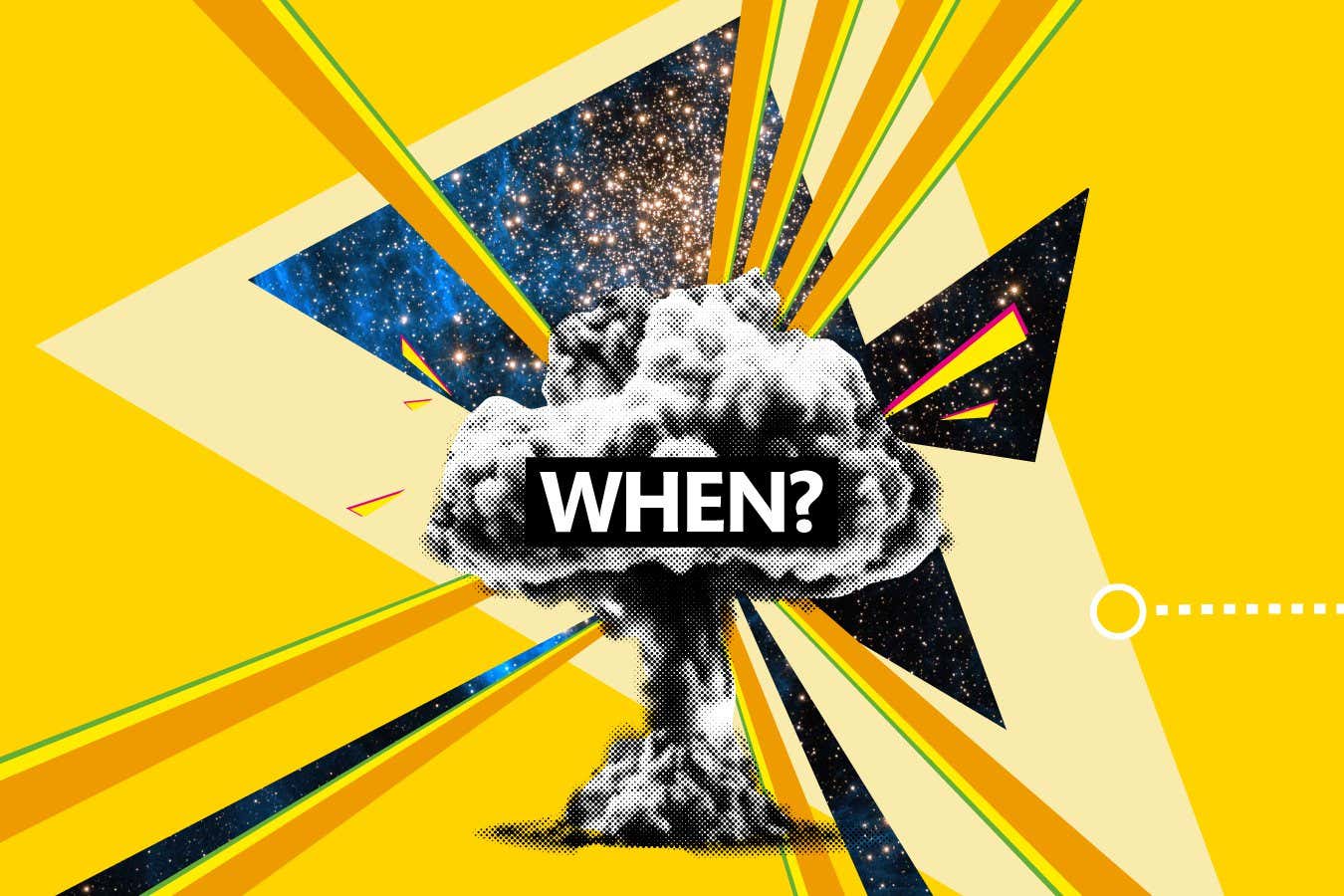
You may think that time started 13.8 billion years ago at the birth of the universe, but physicists with alternative definitions of time have other ideas.

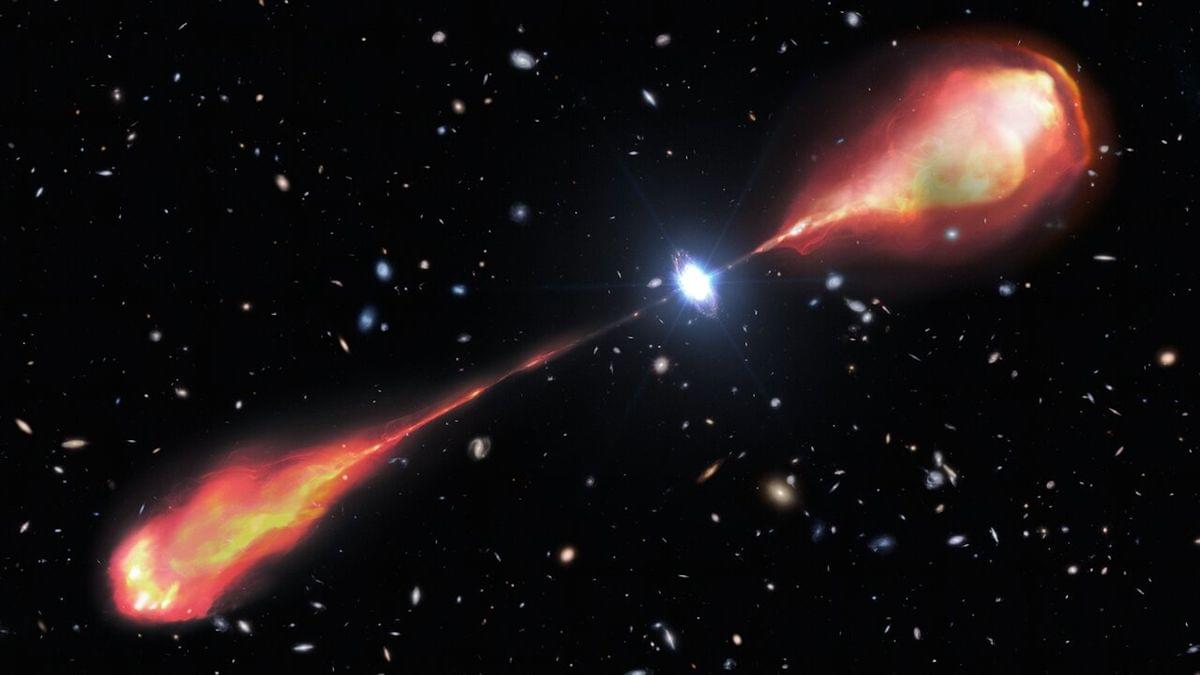
What if the “magic” of tomorrow is just science we don’t yet understand? In this episode, we explore the wildest speculative technologies—faster-than-light travel, Dyson Spheres, teleportation, wormholes, and more. Could these breakthroughs redefine our future or explain the Fermi Paradox? Find out as we dive into the impossible! Watch my exclusive video Big Alien Theory https://nebula.tv/videos/isaacarthur–… Nebula using my link for 40% off an annual subscription: https://go.nebula.tv/isaacarthur Get a Lifetime Membership to Nebula for only $300: https://go.nebula.tv/lifetime?ref=isa… Use the link gift.nebula.tv/isaacarthur to give a year of Nebula to a friend for just $30. Visit our Website: http://www.isaacarthur.net Join Nebula: https://go.nebula.tv/isaacarthur Support us on Patreon: / isaacarthur Support us on Subscribestar: https://www.subscribestar.com/isaac-a… Facebook Group:
/ 1,583,992,725,237,264 Reddit:
/ isaacarthur Twitter:
/ isaac_a_arthur on Twitter and RT our future content. SFIA Discord Server:
/ discord Credits: Impossible Technologies: The Clarketech Compendium Episode 486a; February 16, 2025 Written, Produced & Narrated by: Isaac Arthur Editors: Ludwig Luska, Thomas Owen, Lukas Konecny Graphics: Jeremy Jozwik, Ken York YD Visual, Mihail Yordanov, Sergio Botero Select imagery/video supplied by Getty Images Music Courtesy of Epidemic Sound http://epidemicsound.com/creator Phase Shift, “Forest Night” Chris Zabriskie, “Unfoldment, Revealment”, “A New Day in a New Sector”, “Oxygen Garden” Stellardrone, “Red Giant”, “Billions and Billions” Lombus, “Hydrogen Sonata” “Cosmic Soup” Segments/Breaks 0:00 Intro 2:00 Defining Clarketech 5:00 Fermi Paradox & Implications 7:59 Ascension Machines & Apotheosis 10:53 Anti-Gravity 13:00 Attotech 14:57 Dark Matter Manipulation 17:02 Disintegration Devices 21:07 Dyson Sphere 25:52 Big Alien Theory 27:17 Entropy Manipulation 32:37 Faster-than-Light Travel (FTL) 35:06 Femtotech 38:36 Field Nullifiers & Amplifiers 41:17 Hammerspace 43:59 Kugelblitz Black Holes 47:36 Magmatter 50:02 Mass Manipulation 52:05 Matter-to-Energy Conversion 56:31 Negative Matter & Mass 58:07 Neutronium 59:47 Parallel Universes & Alternate Realities 1:01:47 Perpetual Motion Machine 1:05:06 Photogravitics & Photoneutrino Devices 1:07:32 Probability Manipulation 1:08:33 Reactionless Drive 1:10:08 SFIA Intermission 1:10:46 Slow Time Fields 1:12:52 Subverse Creation 1:14:11 Technological Suppression Zones 1:16:40 Teleportation & Gateways 1:18:14 Tachyon Tech 1:20:32 Time Manipulation 1:23:27 Utility Fog & Smart Matter 1:27:06 Wormholes 1:28:39 Zero Point Energy 1:30:20 Outro.
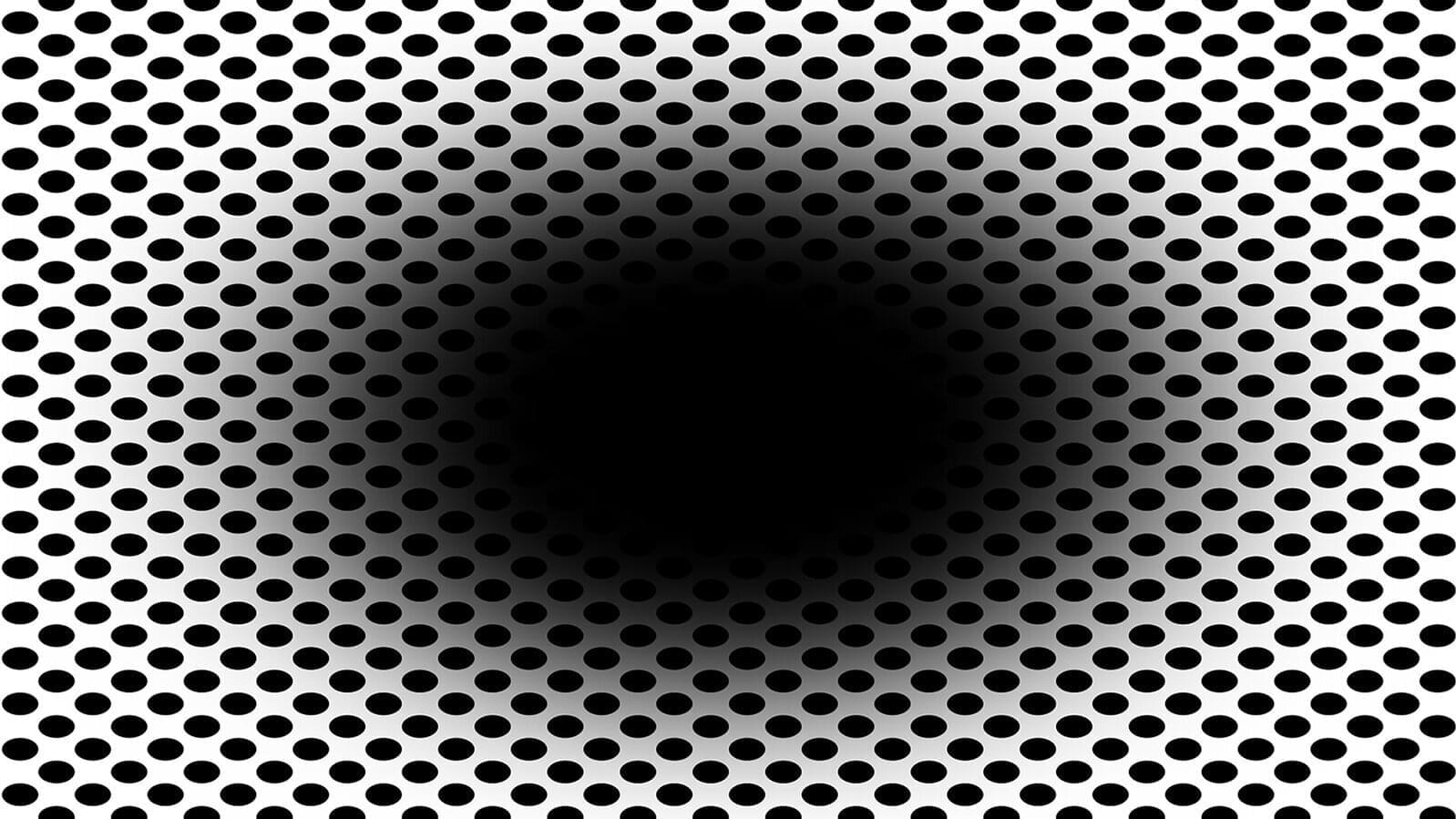
Our brain and eyes can play tricks on us—not least when it comes to the expanding hole illusion. A new computational model developed by Flinders University experts helps to explain how cells in the human retina make us “see” the dark central region of a black hole graphic expand outwards.
In a new article posted to the arXiv preprint server, the Flinders University experts highlight the role of the eye’s retinal ganglion cells in processing contrast and motion perception—and how messages from the cerebral cortex then give the beholder an impression of a moving or “expanding hole.”
“Visual illusions provide valuable insights into the mechanisms of human vision, revealing how the brain interprets complex stimuli,” says Dr. Nasim Nematzadeh, from the College of Science and Engineering at Flinders University.
A Milky Way collision with a supermassive black hole might be closer than we thought.
Hidden deep in the Large Magellanic Cloud dwarf galaxy that orbits the Milky Way on an ever-closing loop, signs of a massive invisible object clocking in at around 600,000 times the mass of the Sun have been detected.
Since the Large Magellanic Cloud will one day collide with our own galaxy, that means the black hole is also destined to come crashing in.
Astrophysicists have unearthed a surprising diversity in the ways in which white dwarf stars explode in deep space after assessing almost 4,000 such events captured in detail by a next-gen astronomical sky survey. Their findings may help us more accurately measure distances in the universe and further our knowledge of “dark energy.”
The dramatic explosions of white dwarf stars at the ends of their lives have for decades played a pivotal role in the study of dark energy—the mysterious force responsible for the accelerating expansion of the universe. They also provide the origin of many elements in our periodic table, such as titanium, iron and nickel, which are formed in the extremely dense and hot conditions present during their explosions.
A major milestone has been achieved in our understanding of these explosive transients with the release of a major dataset, and associated 21 publications in an Astronomy & Astrophysics special issue.
